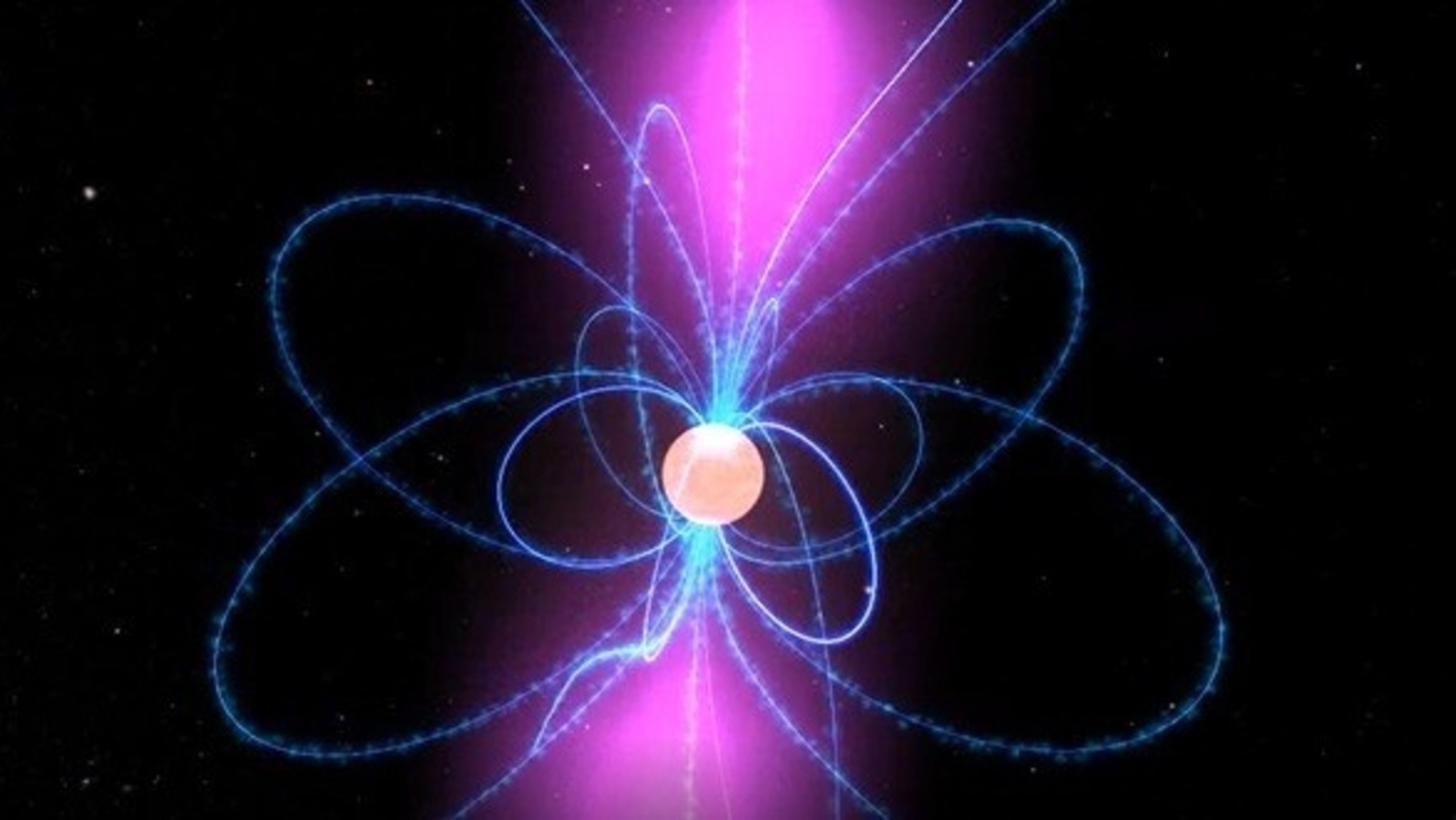Over 660 new pulsars detected by China's FAST telescope; here's all you need to know
China's 500-meter Aperture Spherical Radio Telescope (FAST) has detected over 660 new pulsars. Check details.

Scientists are finding new and exciting things in space more and more often courtesy the amazing technology that they now have access to. We are referring to the amazing capabilities of telescopes. According to the latest information, scientists in China have identified over 660 new pulsars using the 500-meter Aperture Spherical Radio Telescope (FAST). "The development of FAST has entered a golden period, and the stable operation of observation equipment has made a great contribution to this," said Jiang Peng, chief engineer of FAST, as quoted by CGTN in a report. He further added that "Adequate observation time and outstanding signal capture ability have allowed FAST to perform better than other radio telescopes."
What are Pulsars?
So, what are these pulsars that China has just found? It can be known that Pulsars are fast-spinning neutron stars that originate from the imploded cores of massive dying stars through supernova explosions, CGTN said in its report. According to NASA, "Pulsars are rotating neutron stars observed to have pulses of radiation at very regular intervals that typically range from milliseconds to seconds. Pulsars have very strong magnetic fields which funnel jets of particles out along the two magnetic poles. These accelerated particles produce very powerful beams of light. Often, the magnetic field is not aligned with the spin axis, so those beams of particles and light are swept around as the star rotates. When the beam crosses our line-of-sight, we see pulsars turn on and off as the beam sweeps over Earth."
NASA added, "When the core of a massive star undergoes gravitational collapse at the end of its life, protons and electrons are literally scrunched together, leaving behind one of nature's most wondrous creations: a neutron star. Neutron stars cram roughly 1.3 to 2.5 solar masses into a city-sized sphere perhaps 20 kilometers (12 miles) across. Matter is packed so tightly that a sugar-cube-sized amount of material would weigh more than 1 billion tons, about the same as Mount Everest!"
NASA also revealed that, "Most known neutron stars belong to a subclass known as pulsars. These relatively young objects rotate extremely rapidly, with some spinning faster than a kitchen blender."
About FAST
According to the information provided by fast.bao.ac.cn, the 500-hundred-meter Aperture Spherical radio Telescope (FAST), located in the Karst depression in Guizhou, is the world's largest single-dish radio telescope, with a receiving area equivalent to 30 football fields. One of the main scientific goals of the telescope is to discover pulsars, establish a pulsar timing array, and participate in pulsar navigation and gravitational wave detection in the future.
Catch all the Latest Tech News, Mobile News, Laptop News, Gaming news, Wearables News , How To News, also keep up with us on Whatsapp channel,Twitter, Facebook, Google News, and Instagram. For our latest videos, subscribe to our YouTube channel.





























